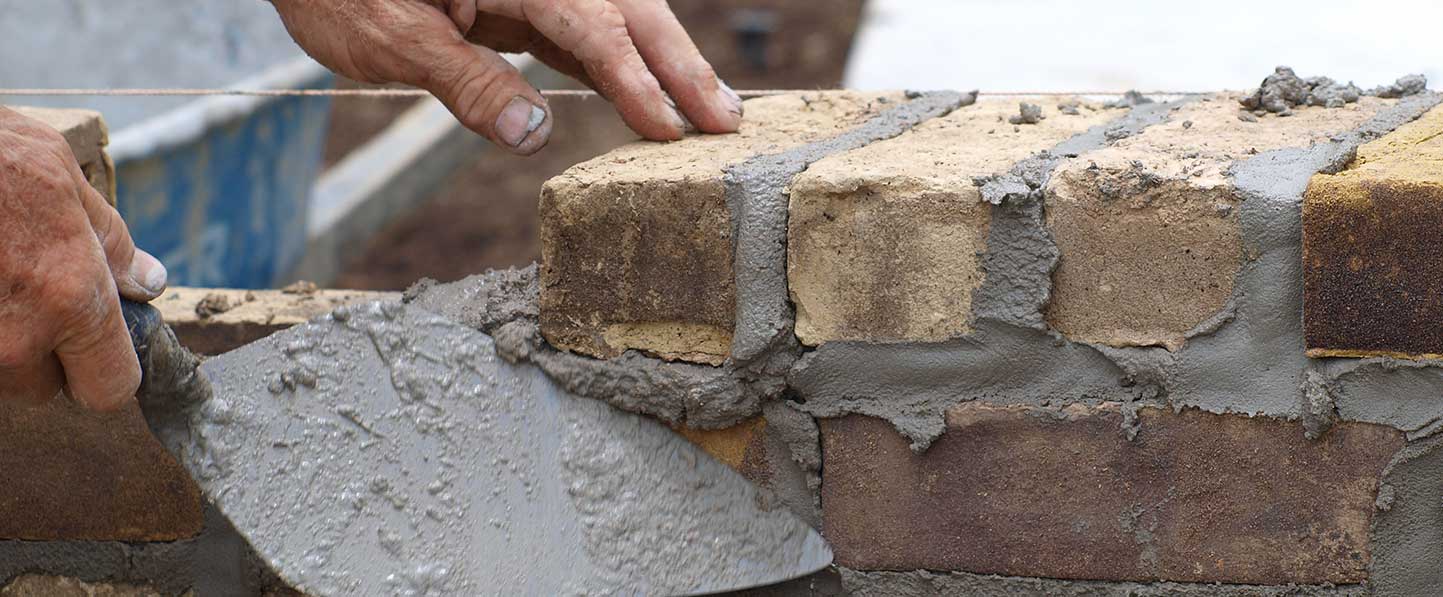Trustworthy Chimney Services: Upkeep and Service Done Right
Opening the Keys of Lasting Stonework Construction Practices for Eco-Friendly Structures
Amongst the myriad techniques to green building, sustainable stonework building and construction stands out as a reliable and resilient method that holds a wide range of untapped possibility. From the option of products to cutting-edge building strategies, the keys to accomplishing sustainability within masonry building and construction are diverse and interesting.
Advantages of Sustainable Masonry Building And Construction
Welcoming sustainable stonework construction practices not just decreases ecological impact however also supplies lasting financial advantages to builders and areas. By using products like recycled blocks, blocks, and rocks, contractors can substantially reduce the carbon impact of their jobs while advertising resource efficiency. In addition, lasting stonework building and construction techniques, such as correct insulation and thermal mass buildings, can enhance energy efficiency within buildings, bring about reduced operational prices gradually.
Moreover, the durability and durability of masonry frameworks add to long-lasting financial advantages. Structures created using lasting stonework methods typically require much less maintenance and fixing, translating to set you back savings for home builders and homeowner. The longevity of masonry products additionally makes sure that frameworks stay stable and protected, reducing the requirement for frequent restorations or replacements.
Eco-Friendly Stonework Materials
Utilizing eco-friendly masonry products is a crucial action towards improving the sustainability of construction techniques and lessening ecological influence while making the most of lasting economic advantages. Lasting masonry products are sourced, produced, and made use of in a fashion that minimizes general ecological impact. Materials such as recycled blocks, redeemed rock, and lasting concrete blocks are coming to be progressively popular options for eco-conscious building contractors. Recycled blocks, as an example, not just draw away waste from landfills but also need much less power to generate contrasted to brand-new bricks. Redeemed rock provides an one-of-a-kind visual appeal while minimizing the requirement for new quarrying. Lasting concrete blocks include recycled accumulations and may feature better insulation homes, adding to power effectiveness in buildings.
Moreover, natural materials like adobe, rammed earth, and straw bales offer excellent thermal mass properties, reducing the need for home heating and cooling down power. These materials are usually locally available, advertising regional economic climates and decreasing transportation-related carbon discharges. By selecting environmentally friendly stonework materials, building and construction jobs can significantly reduce their ecological impact and add to the production of much healthier, much more sustainable built atmospheres.
Energy-Efficient Stonework Strategies
Energy efficiency plays a crucial role in improving the sustainability of masonry building techniques. By applying energy-efficient masonry methods, builders can substantially reduce the overall energy consumption of a structure, causing reduced operational expenses and a smaller sized environmental footprint. One crucial energy-efficient masonry method is using thermal mass, which involves including thick materials like concrete or brick into the building's framework to soak up and store warmth. This helps control indoor temperatures, lowering the demand for mechanical heating and cooling systems.

Developments in Sustainable Masonry
Recent developments in lasting stonework practices have actually brought about cutting-edge methods that are reshaping the building and construction sector. One such innovation is the development of self-healing concrete, which uses bacteria embedded within the concrete to heal fractures autonomously. This breakthrough not only lowers maintenance prices yet additionally improves the resilience of masonry frameworks, adding to their sustainability.
An additional noteworthy technology is making use of recycled accumulations in masonry construction - masonry contractor. By including products such as smashed ceramic waste or recycled glass right into concrete blends, contractors can minimize the ecological impact of building and construction jobs while keeping architectural integrity. This practice not just diverts waste from garbage dumps but likewise saves all-natural resources, making it an essential improvement in lasting masonry construction
Additionally, the integration of electronic design devices, such as Structure Info Modeling (BIM), is revolutionizing the method masonry frameworks are intended and constructed. BIM permits more exact like it calculations, minimized product wastage, and enhanced energy performance, eventually causing more lasting building practices. These advancements collectively signify a promising future for lasting masonry building and construction in the era of environmentally friendly buildings.
Future Trends in Stonework Sustainability
With the ingenious strides made in lasting stonework practices, the future trends in masonry sustainability are poised to further change the building and construction industry. One of the crucial trends shaping the future of masonry sustainability is the increased integration of innovation. Advancements such as Structure Information Modeling (BIM) and digital reality simulations are being used to maximize stonework building procedures, resulting in reduced material waste and improved energy effectiveness in structures.
Furthermore, the development of unique lasting materials is set to play a substantial duty in improving the eco-friendliness of stonework building and construction. masonry contractor. Advancements like self-healing concrete, recycled accumulations, and bio-based binders are getting traction for their capacity to reduce ecological impact while maintaining architectural stability

Verdict
Finally, lasting masonry building practices offer numerous benefits for eco-friendly buildings. By making use of more tips here green materials and energy-efficient strategies, stonework can contribute to a more sustainable built setting. Technologies in sustainable masonry are continuously being created to better enhance the environmental efficiency of buildings. Looking in the direction of the future, the fad of masonry sustainability is expected to expand, resulting in even more environmentally pleasant and energy-efficient building and construction practices in the years ahead.